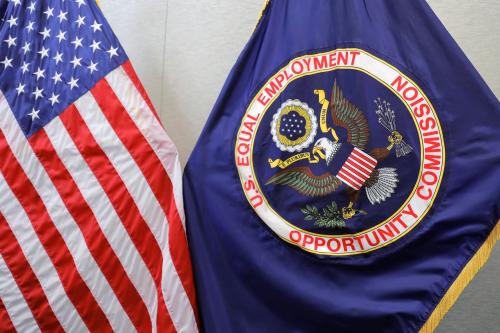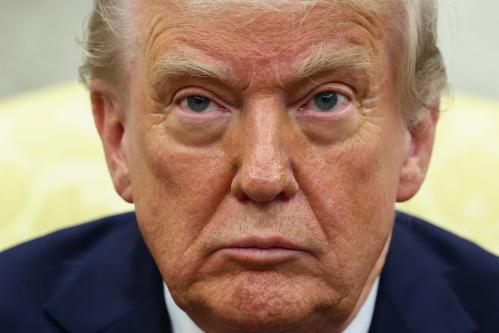Abstract
The 15 percent across-the-board tax cut and the capital gains tax cut proposed by Bob Dole would have modest impacts on saving, labor supply and investment and, by my estimates, would likely raise the economy’s medium term growth rate by around 0.1 percentage points. But other aspects of the plan—including child tax credits—could reduce this effect. Moreover, if the tax cut is not fully financed in the short- and long-term, deficits and interest rates would rise, thus reducing the impact on growth further, possibly to the point of reducing the growth rate.
The economic climate in 1996 differs in several important ways from that prevailing around the 1981 and 1964 tax cuts. There is little reason to think that the growth that followed those tax cuts would occur today.
OUTLINE
- (1) How can tax cuts affect economic growth?
- (2) The Dole plan
- (3) 15 percent tax cut: effects on saving and work effort
- (4) Capital gains tax cuts
- (5) Is the Dole Plan Financed?
- (6) The current economic climate
- (7) Comparing tax cuts in 1996 to the 1981 tax cuts
- (8) Comparing tax cuts in 1996 to the 1964 tax cuts
- (9) Do tax cuts always raise tax revenues?
The Brookings Institution is committed to quality, independence, and impact.
We are supported by a diverse array of funders. In line with our values and policies, each Brookings publication represents the sole views of its author(s).



